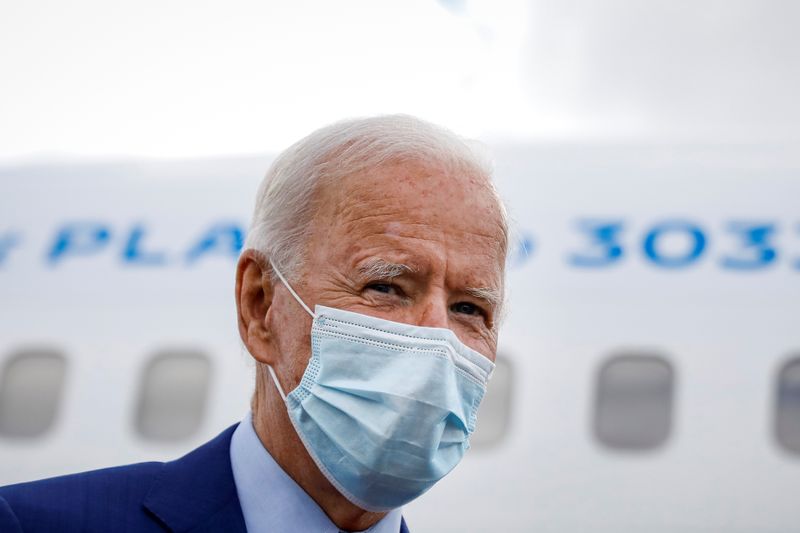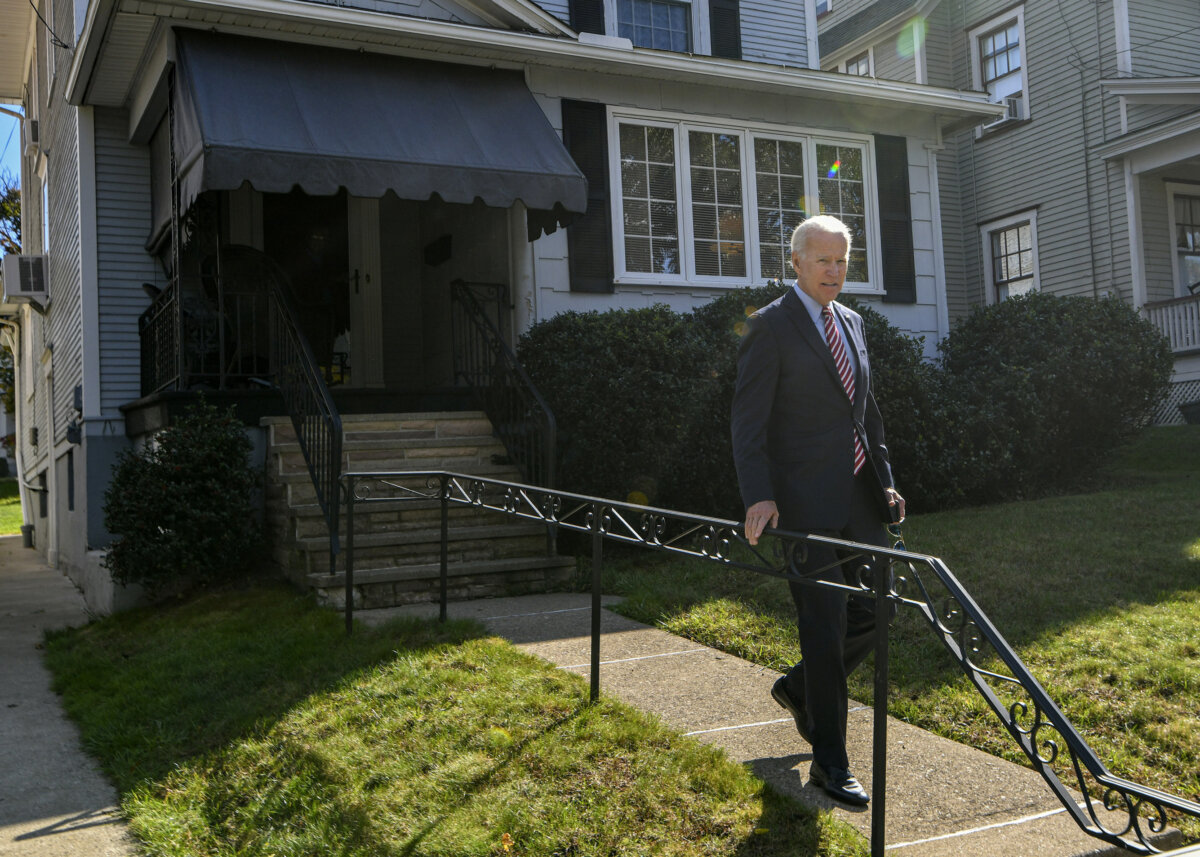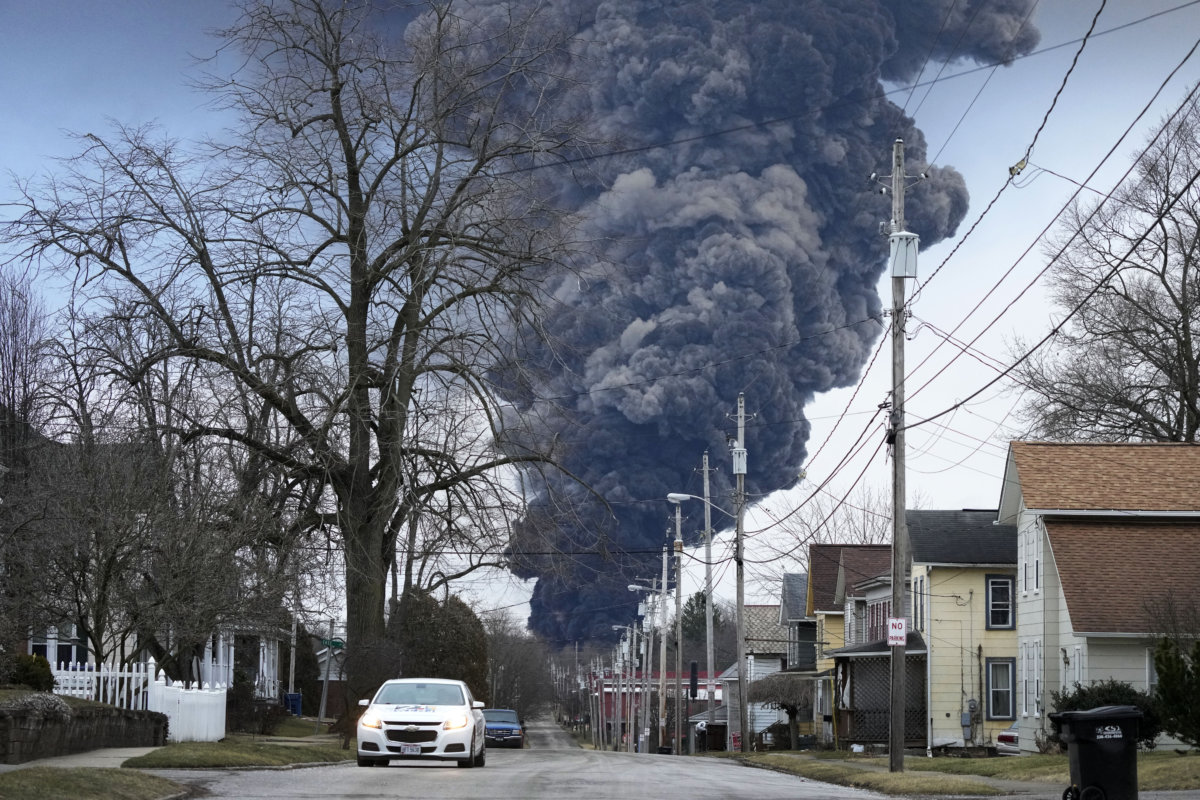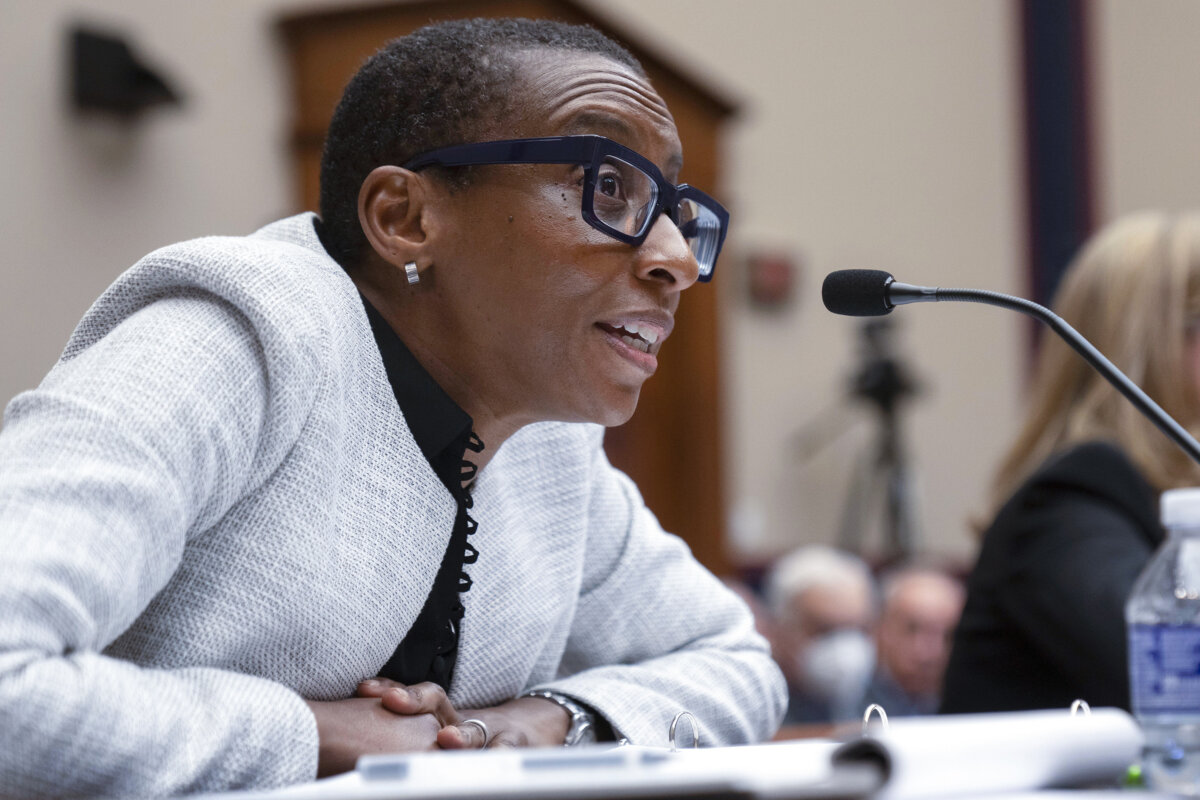WASHINGTON (Reuters) – Democratic presidential candidate Joe Biden appeared to lead President Donald Trump in Wisconsin and Pennsylvania less than a month before the Nov. 3 election, according to Reuters/Ipsos opinion polls released on Monday.
The polls showed the former vice president ahead by 5 percentage points in Pennsylvania, matching the poll’s credibility interval. Biden led Trump by 6 points in Wisconsin. In both states, Biden improved his position relative to mid-September.
Reuters/Ipsos is polling likely voters in six states – Wisconsin, Pennsylvania, Michigan, North Carolina, Florida and Arizona – that will play critical roles in deciding whether Trump wins a second term in office or if Biden ousts him in the November election.
Below is a state-by-state look at Reuters/Ipsos findings, based on the online responses of likely voters, which include responses from some who cast ballots ahead of the formal Nov. 3 Election Day, which is increasingly common due to the coronavirus pandemic:
WISCONSIN (Sept. 29-Oct. 5):
* Voting for Biden: 50%
* Voting for Trump: 44%
* 50% said Biden would be better at handling the coronavirus pandemic. 41% said Trump would be better.
* 51% said Trump would be better at managing the economy. 44% said Biden would be better.
* 13% said they already had voted.
PENNSYLVANIA (Sept. 29-Oct. 5):
* Voting for Biden: 50%
* Voting for Trump: 45%
* 51% said Biden would be better at handling the coronavirus pandemic. 41% said Trump would be better.
* 51% said Trump would be better at managing the economy. 46% said Biden would be better.
* 2% said they already had voted.
FLORIDA (Sept. 11-16):
* Voting for Biden: 47%
* Voting for Trump: 47%
* 46% said Biden would be better at handling the coronavirus pandemic. 46% said Trump would be better.
* 51% said Trump would be better at managing the economy. 41% said Biden would be better.
* 3% said they already had voted.
ARIZONA (Sept. 11-17):
* Voting for Biden: 47%
* Voting for Trump: 46%
* 47% said Biden would be better at handling the coronavirus pandemic. 44% said Trump would be better.
* 49% said Trump would be better at managing the economy. 44% said Biden would be better.
* 3% said they already had voted.
MICHIGAN (Sept. 11-16):
* Voting for Biden: 49%
* Voting for Trump: 44%
* 50% said Biden would be better at handling the coronavirus pandemic. 44% said Trump would be better.
* 48% said Trump would be better at managing the economy. 45% said Biden would be better.
* 2% said they already had voted.
NORTH CAROLINA (Sept. 11-16):
* Voting for Biden: 47%
* Voting for Trump: 47%
* 47% said Biden would be better at handling the coronavirus pandemic. 45% said Trump would be better.
* 51% said Trump would be better at managing the economy. 44% said Biden would be better.
* 4% said they already had voted.
NOTES
The Reuters/Ipsos opinion polls are conducted online in all six states in English, as well as in Spanish in Arizona and Florida.
* In Wisconsin, from Sept. 29 to Oct. 5, it gathered responses from 1,000 adults, including 601 likely voters, and had a credibility interval of 5 percentage points.
* In Pennsylvania, from Sept. 29 to Oct. 5, it gathered responses from 1,000 adults, including 605 likely voters, and had a credibility interval of 5 percentage points.
* In Florida, from Sept. 11 to 16, it gathered responses from 1,005 adults, including 586 likely voters, and had a credibility interval of 5 percentage points.
* In Arizona, from Sept. 11 to 17, it gathered responses from 1,005 adults, including 565 likely voters, and had a credibility interval of 5 percentage points.
* In Michigan, from Sept. 11 to 16, it gathered responses from 1,005 adults, including 637 likely voters, and had a credibility interval of 4 percentage points.
* In North Carolina, from Sept. 11 to 16, it gathered responses from 1,005 adults, including 586 likely voters, and had a credibility interval of 5 percentage points.
(Reporting by Jason Lange in Washington and Chris Kahn in New York; Editing by Scott Malone and Peter Cooney)



















